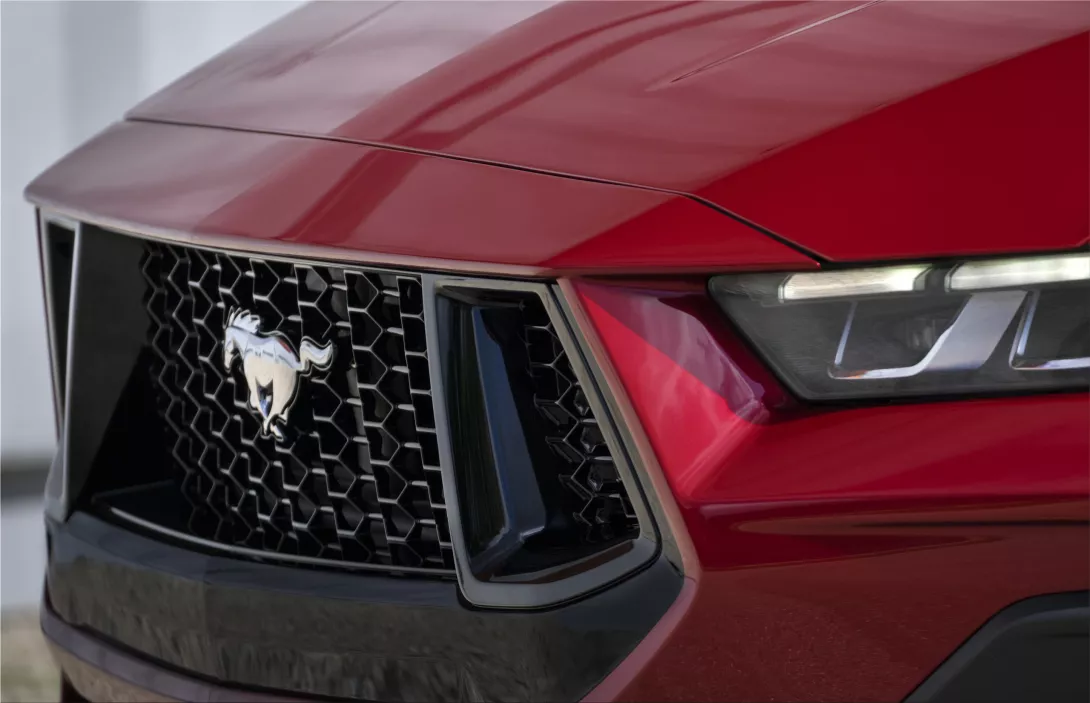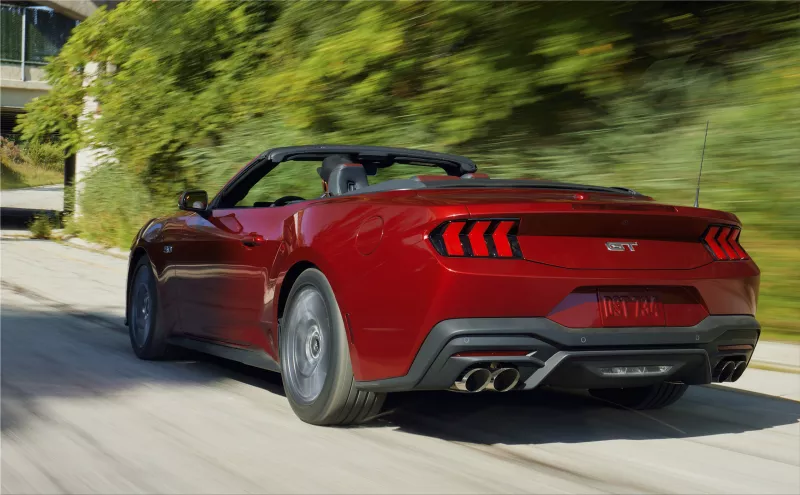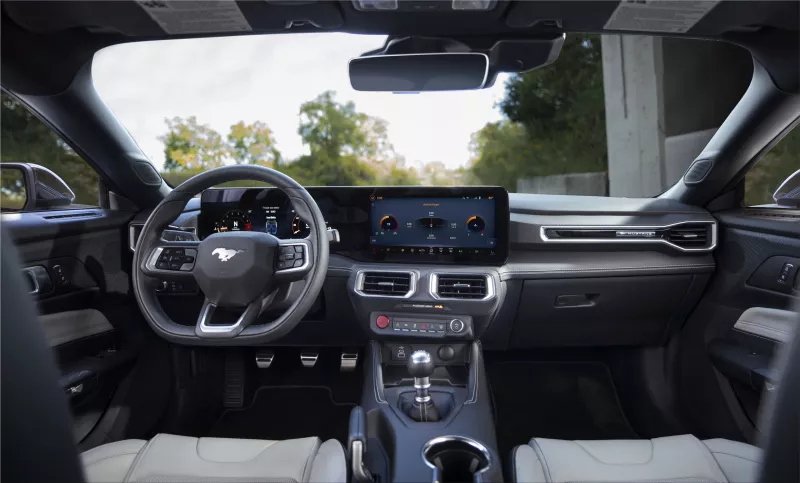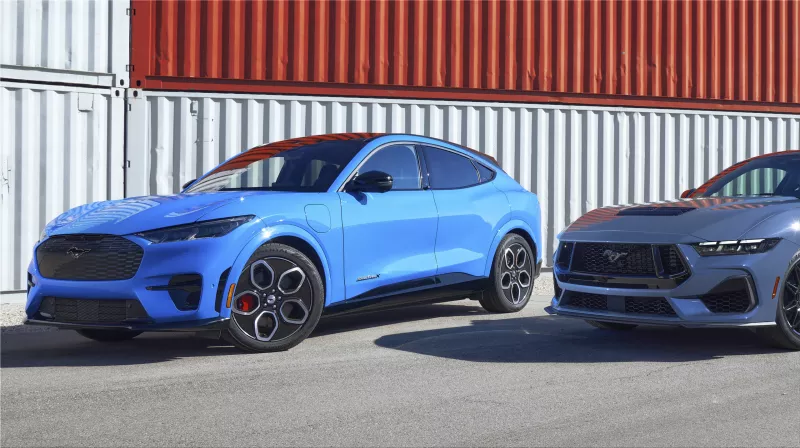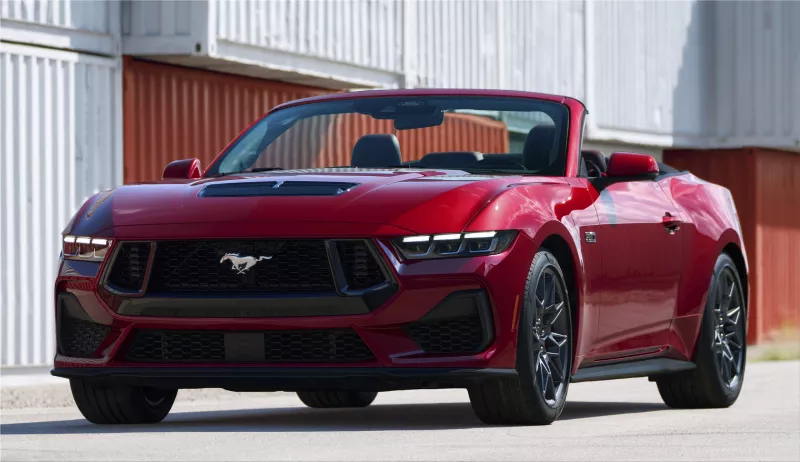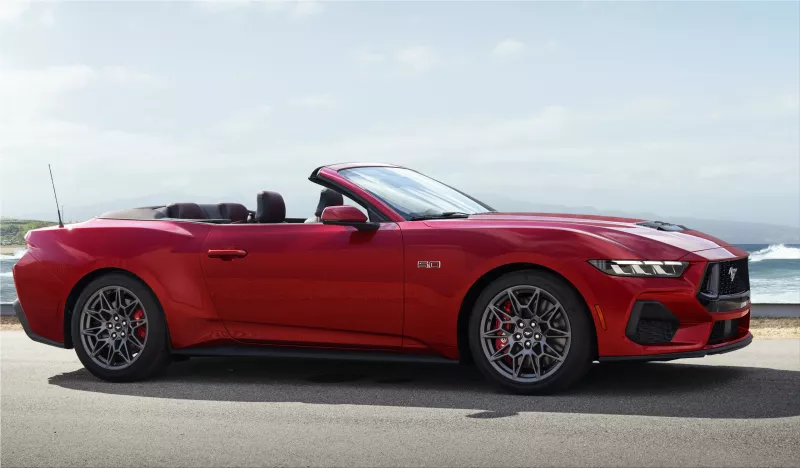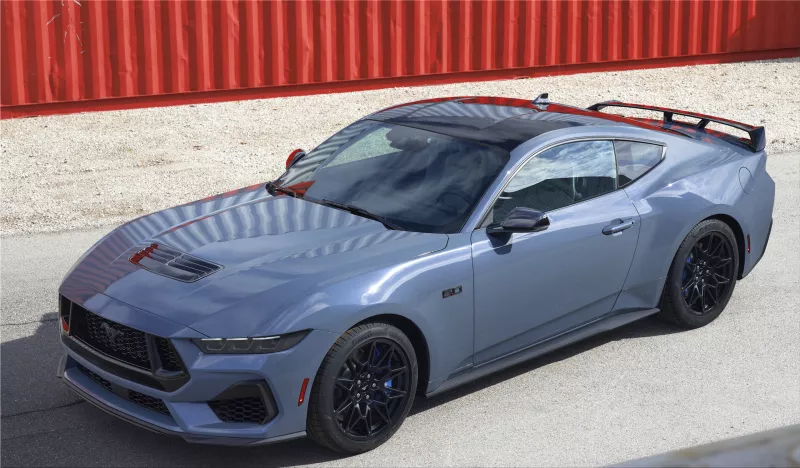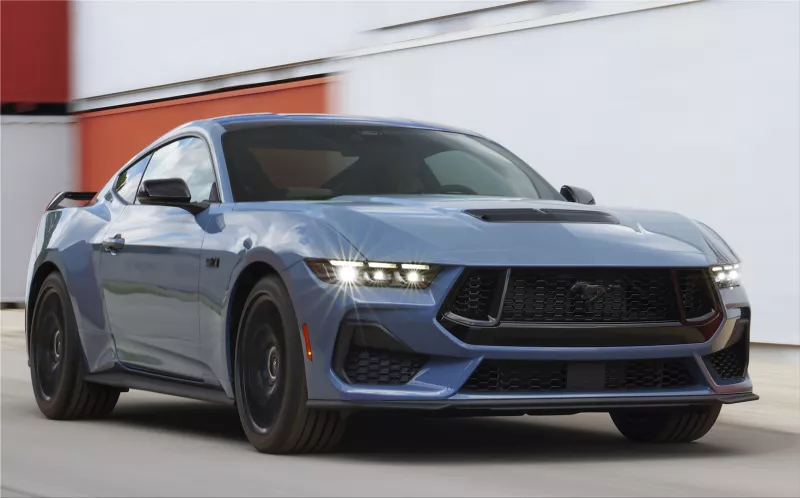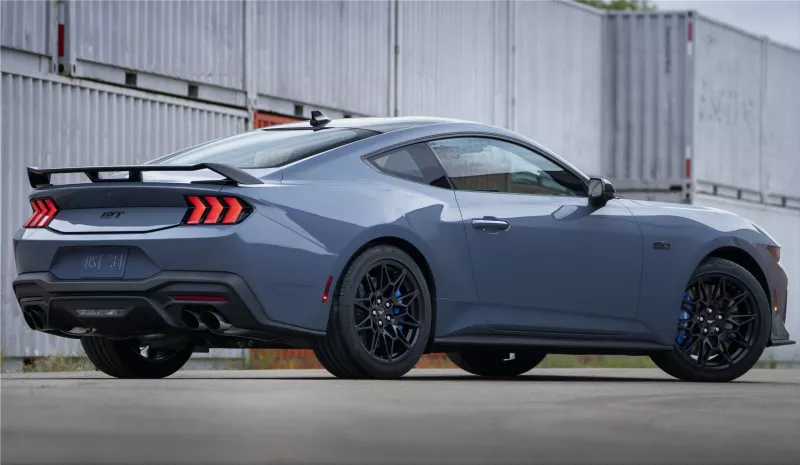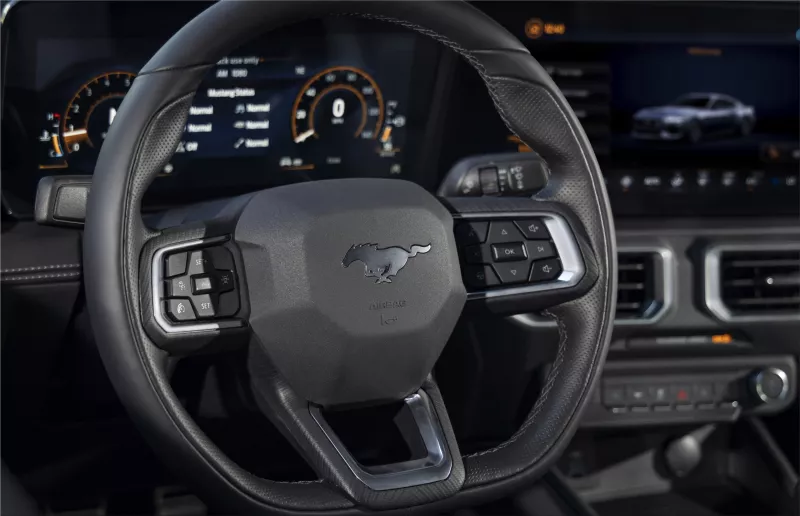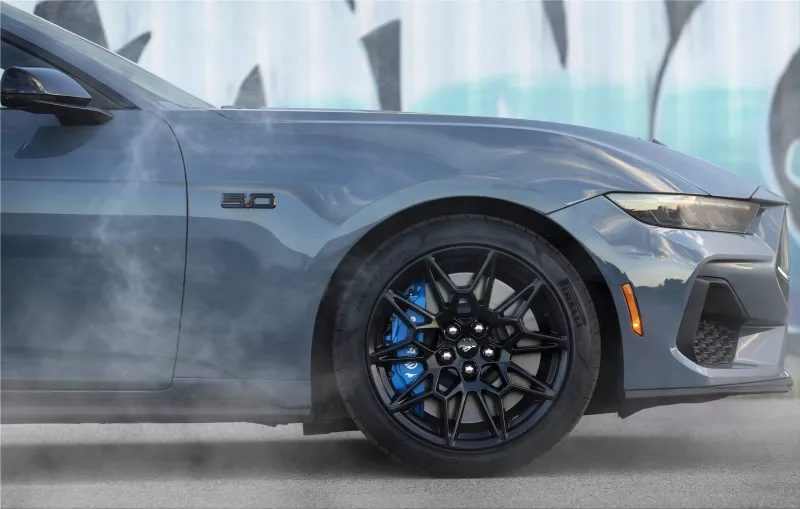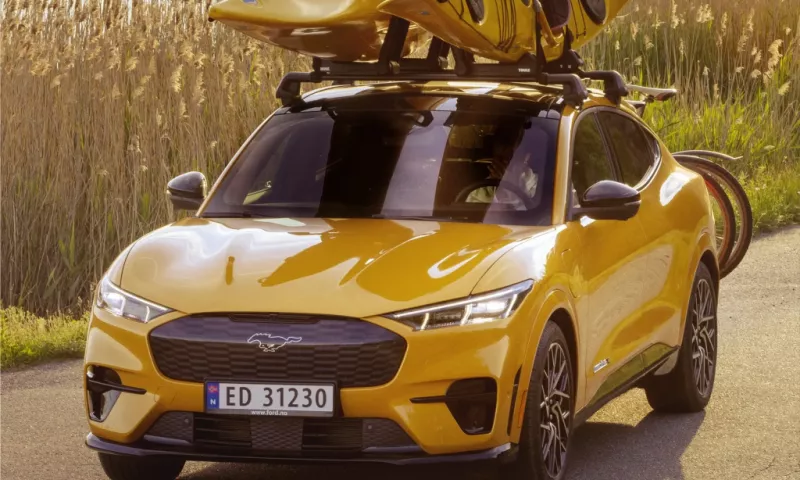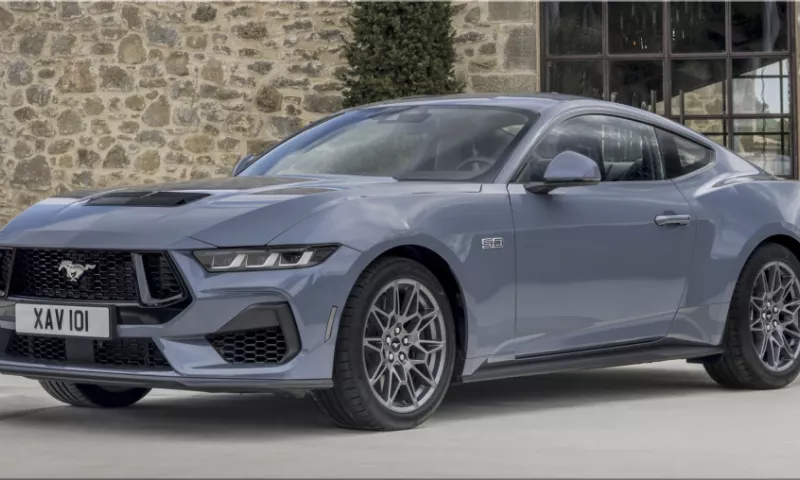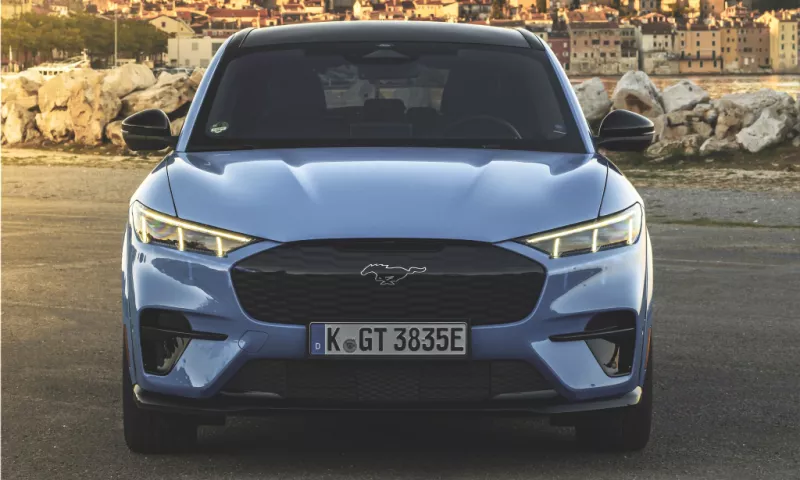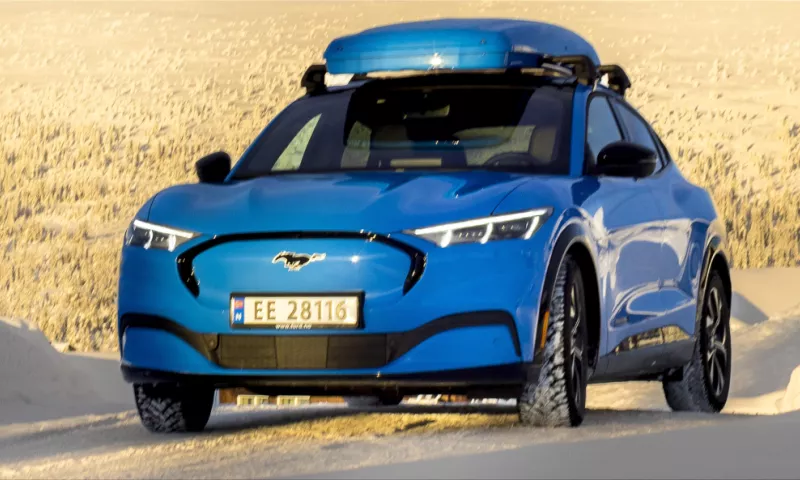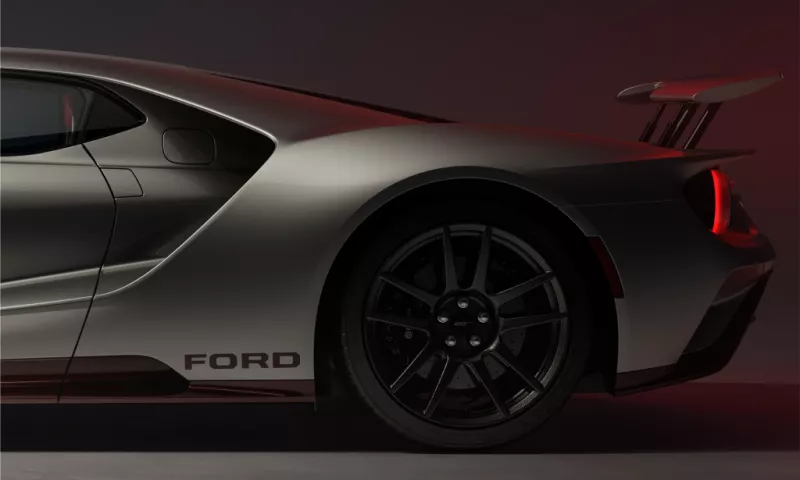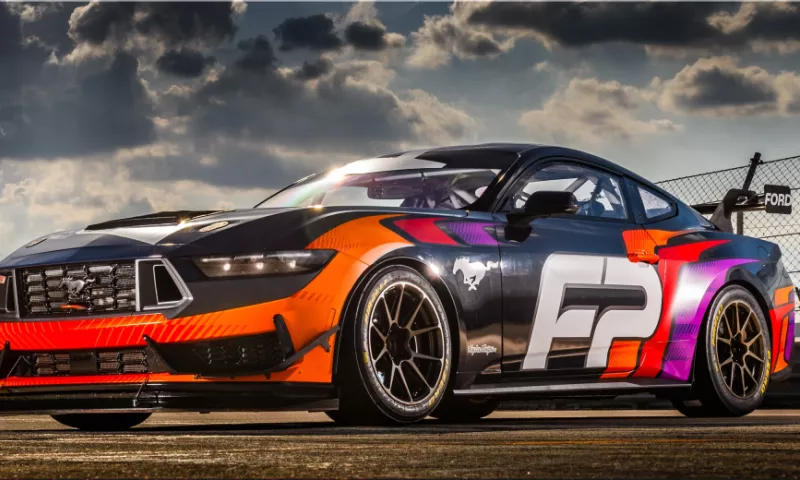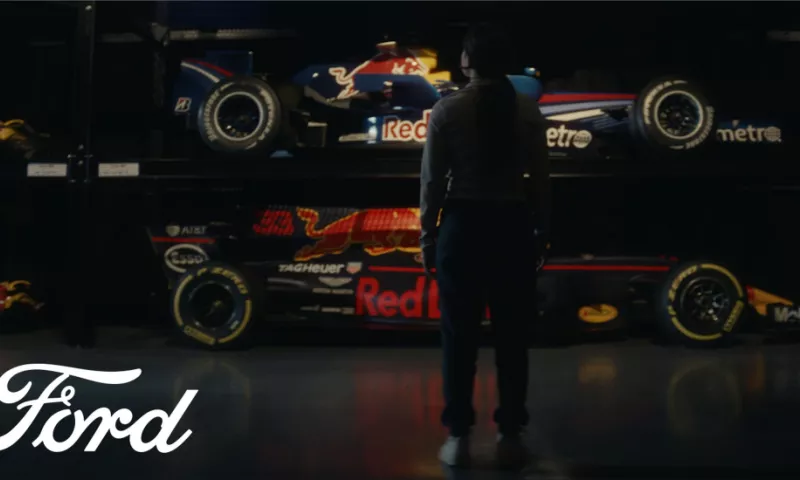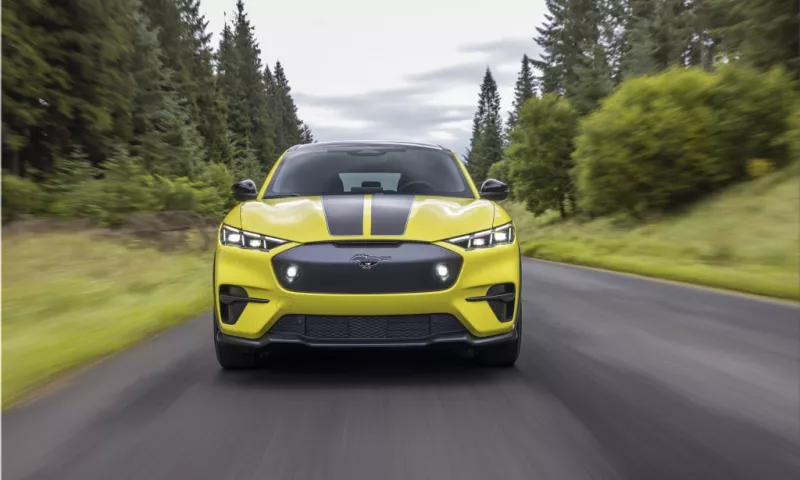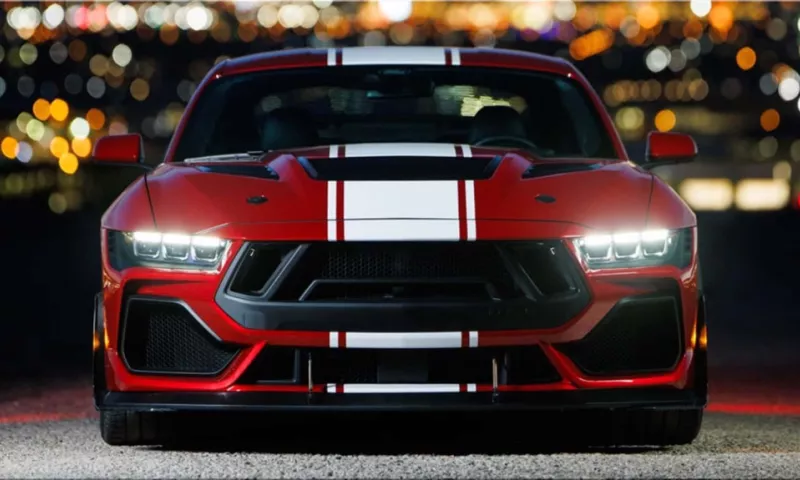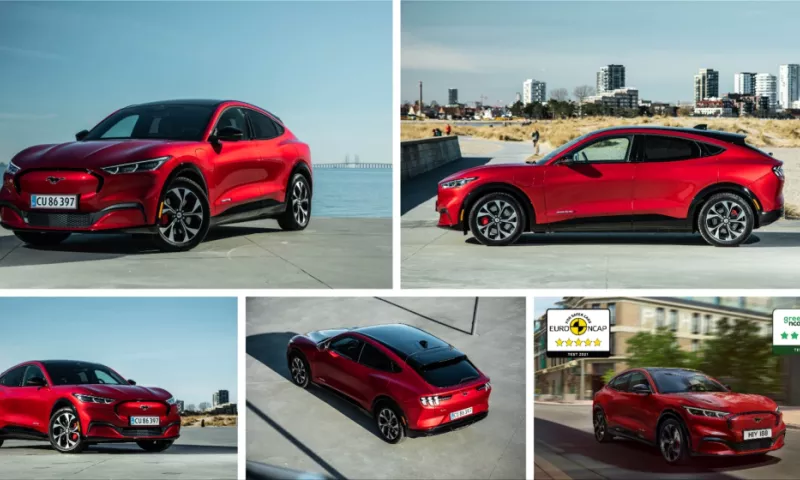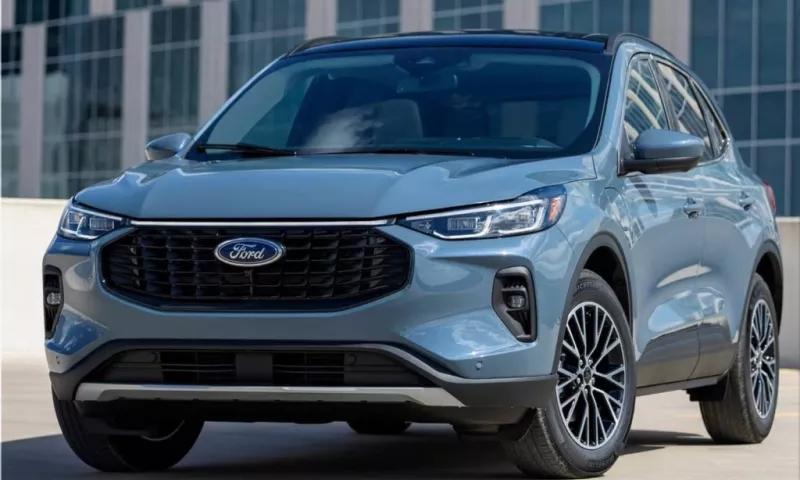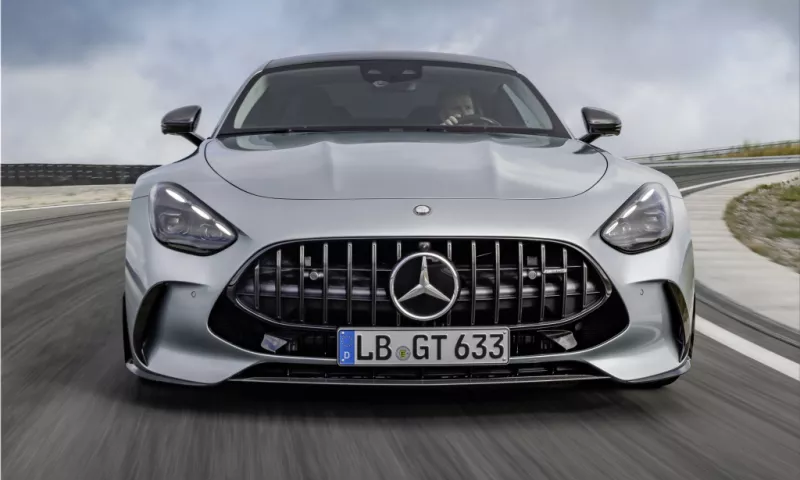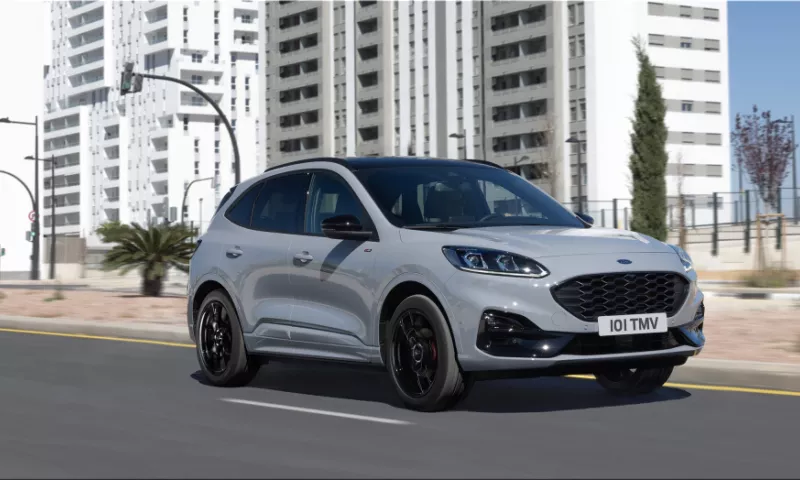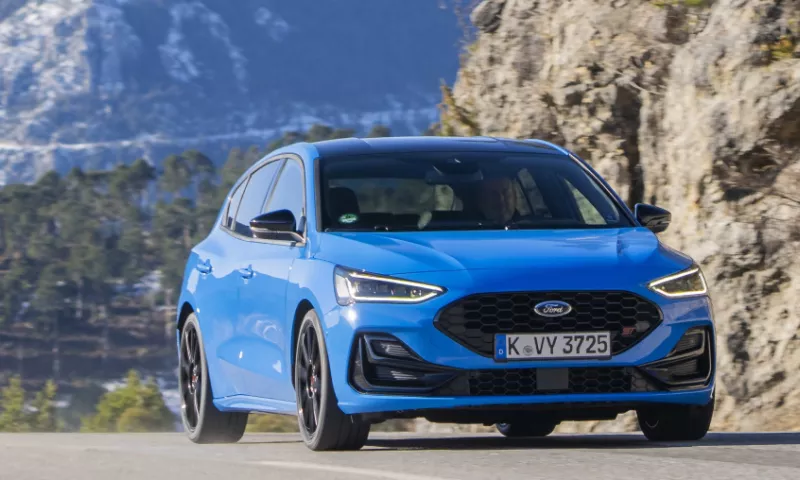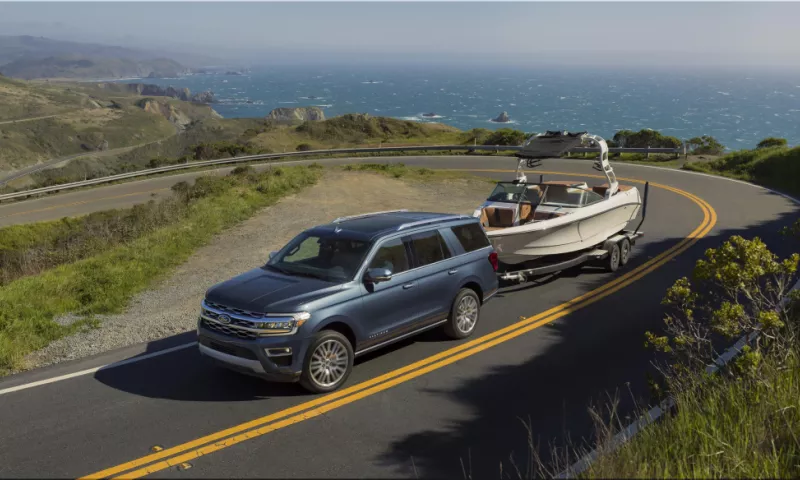Ford debuted the new Mustang, elevating the world's best-selling sports coupe with a newly redesigned digital cockpit, a powerful new V8 engine, and a more modern design to produce the most fun-to-drive Mustang ever. The Ford Mustang's influence extends far beyond the more than 10 million vehicles sold during its 58-year run. It has appeared in countless films, television shows, music videos, and video games, and it is the world's most liked car on Facebook.
The new coupe and convertible models push the new Mustang's performance to new heights due to new mechanical components, an enhanced software package, specific settings, and a new 5.0-liter naturally aspirated Gen IV V8 engine with improved response and high performance.
"This is the most athletic Mustang yet, and the most confident behind the wheel," stated Mustang Chief Engineer Ed Krenz. "Whether we choose an automatic or manual gearbox, we can now provide drivers peak performance in all conditions, from their favorite routes to the circuits on the go, owing to driving modes coupled with the finely calibrated engine, running gear, and incisive steering."
The 2023 Ford Mustang GT has a redesigned air induction system with a dual intake, which reduces losses and allows for higher air flows to reach the engine.
The six interactive driving modes improve and customize performance according to the driving conditions: Normal, Sport, Slippery, Drag, Track, and a personalized option with many profiles available, tailored to the particular driver's preferences.
The new Mustang's quick steering reaction has been increased further by simplifying the steering system, while a reduced steering ratio has improved cornering characteristics.
The Ford Mustang GT comes standard with rev-matching, which maintains the engine revs high when the clutch is engaged, adding even more precision and refinement to what is already the most capable Mustang ever produced for the track.
The 2023 Ford Mustang GT is available with either a Ford 10-speed automatic or six-speed manual transmission. The standard Performance Pack includes 19-inch alloy wheels, a sport limited-slip differential for greater traction, a Brembo brake system with 19-inch discs, and an active exhaust system that allows you to alter engine loudness depending on the environment. The MagneRide undercarriage is an option, with active suspensions detect road conditions 1,000 times per second and employ an electronically controlled fluid to modify damping resistance according to road conditions.
The interior of the famous Mustang is the most technologically advanced of any Mustang to date, blending the finest of the past, present, and future.
A 12.4-inch digital instrument cluster behind the redesigned, larger, lower-bulging steering wheel may be programmed to display multiple customizable themes based on the drive mode selected.
"We can be creative in displaying the vital driving information, but we also allow the driver flexibility over how everything is displayed, from selecting colors to iconic Mustang instruments to establishing a 'silent' screen where only the most important details are displayed."
This digital instrument panel "flows" seamlessly into the center region, where the 13.2-inch SYNC 4 entertainment system is housed behind the same integrated glass display, slanted towards the driver. These screens' ergonomic orientation delivers clear visual information and easy-to-access controls, resulting in an immersive digital experience.
The digital displays are adjustable, with the primary motif identical to that used on the Ford Mustang Mach-E electric SUV, but completely user changeable. The multimedia system screen and interior ambient lighting can be customized in the customer's preferred tones, while the instrument panel responds to the driving mode selected. When you choose a driving mode, a projection of the car's settings, created using Unreal Engine 3D, a computer game graphics engine that produces real-time rendering appears on the center screen. Vehicle settings can be modified by swiping on the animation to spin the automobile when interacting with the touchscreen virtually.
